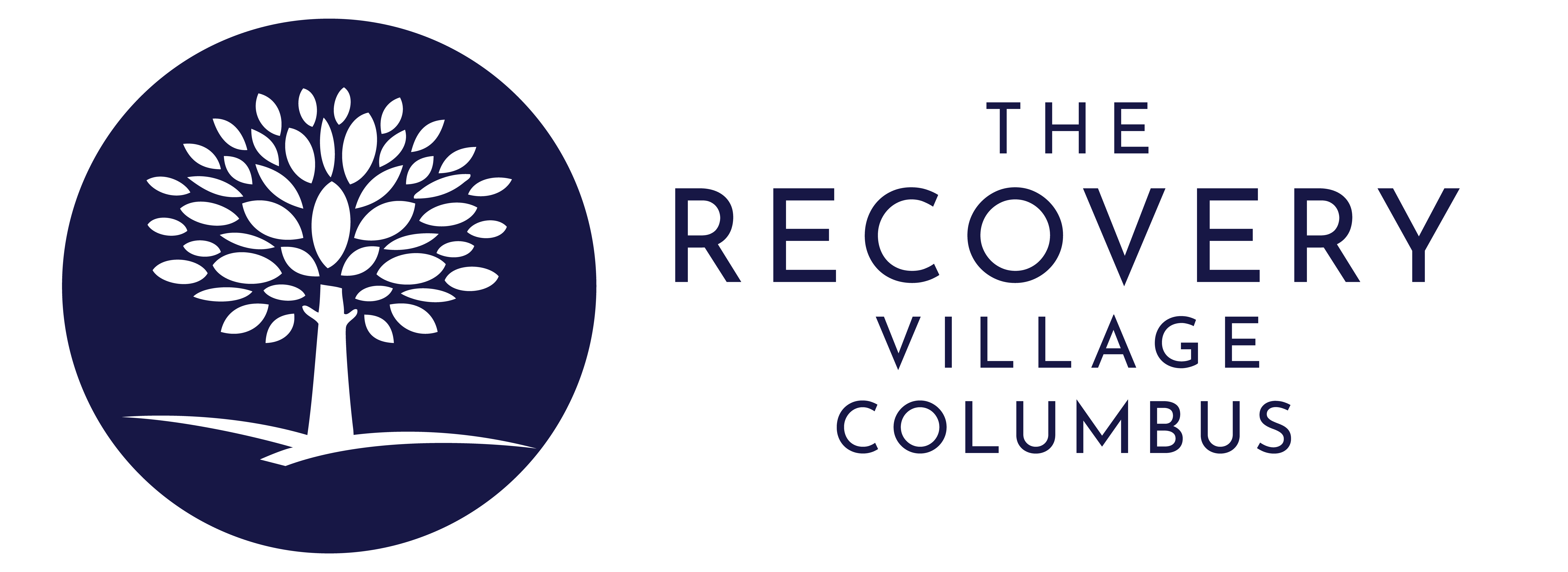Klonopin (Clonazepam) Withdrawal Symptoms & Detox Timeline

By The Recovery Village Columbus
Last Updated: October 28, 2022
Klonopin (clonazepam) is a benzodiazepine drug commonly prescribed to treat panic disorders as well as anxiety. While benzos like Klonopin can be helpful for these conditions, they are highly addictive drugs. Even if a person does not develop an addiction, regular Klonopin use can lead to physical dependence within two to four weeks.
Being dependent on a substance means that if you don’t have it, you will experience withdrawal symptoms. Withdrawal from benzodiazepines like Klonopin can be extremely difficult, and it’s one of the main reasons why people struggle to quit.
One of the best ways to get through the withdrawal period is to attend a professional, accredited treatment center like The Recovery Village Columbus in Ohio. We offer a full continuum of care that includes medical detox, rehab and long-term aftercare services that can help you find lasting recovery.
Klonopin Withdrawal
Klonopin impacts the central nervous system and brain by affecting gamma-aminobutyric acid (GABA), a neurotransmitter. GABA’s job in the nervous system is to slow down the transmission of signals between nerve cells. Klonopin causes GABA receptors on nerve cells to become more sensitive to lower amounts of neurotransmitters.
Over time and with high Klonopin usage, a person’s cells make fewer GABA receptors and become less sensitive to it. This effect is how dependence occurs. Once the body has gotten used to Klonopin being in its system, withdrawal symptoms can occur when Klonopin use ends. Klonopin withdrawal can be mildly uncomfortable in some cases and severe in others.
Klonopin Withdrawal Timeline
Whether you are tapered off Klonopin or quit cold turkey, withdrawal symptoms are possible. The typical Klonopin withdrawal timeline includes several stages:
- The first stage of Klonopin withdrawal is when people begin to have withdrawal symptoms. Withdrawal often starts two to seven daysafter the last dose.
- The next phase of Klonopin withdrawal is long and can last anywhere from two to eight weeks. The length and severity of withdrawal are determined by how much a person was taking and for how long. Most Klonopin withdrawal symptoms occur during this phase.
- The next stage is called post-acute withdrawal syndrome (PAWS), or protracted withdrawal. Not everyone will experience this phase, but its primary symptoms include psychological symptoms like depression and anxiety.
Klonopin Withdrawal Symptoms
After taking Klonopin for long periods, the nervous system rewires itself to function normally even when high doses of Klonopin are present. When the drug is taken away, the nervous system becomes overactive.
Withdrawals symptoms occur when the body is adjusting to the absence of Klonopin. Common Klonopin withdrawal symptoms include:
- Agitation
- Anxiety
- Nausea
- Muscle aches
- Panic attacks
- Hallucinations
- Problems with concentration
- Insomnia
- Restlessness
- Vomiting
In addition to physical symptoms of Klonopin withdrawal, psychological symptoms may be present as well. These can include:
- Panic
- Anxiety
- Aggression
- Confusion
- Hostility
- Suicidal thoughts
- Cravings
Severe withdrawal symptoms, such as seizures, are also possible. This is why physicians usually put patients on taper schedules to come off Klonopin.
Klonopin Detox
There are many products sold as Klonopin withdrawal remedies, such as detox kits or herbal supplements. However, these products are not very effective and can even be dangerous. Effective recovery from Klonopin addiction often requires medically supervised detox as well as ongoing counseling and therapy. Products that are marketed as Klonopin withdrawal remedies cannot provide these necessary aspects of addiction treatment.
Medical detox is the first stage of treatment for anyone looking to recover from Klonopin addiction. Detox is the process of clearing Klonopin from the body and allowing the nervous system to return to normal function.
Withdrawal symptoms are at their worst during detox, and there is a high risk of relapse because cravings can be very strong. Many people relapse during this period because it helps to stop the uncomfortable feelings of withdrawal. However, medical detox programs can relieve these cravings and treat other difficult side effects.
Klonopin Taper Schedule
A common strategy that helps with Klonopin detox involves following a taper schedule created by a medical professional. Tapering means gradually reducing the dosage over time, which helps make withdrawal symptoms more manageable. Withdrawal from benzodiazepines can be dangerous due to the risk of seizures, so a taper is the preferred treatment strategy.
Typically, people with Klonopin addiction are converted to a longer-acting benzodiazepine, such as diazepam or chlordiazepoxide. Once converted, the dose is gradually reduced. An example may look like:
- Week one to two: 40 mg diazepam daily
- Week three to four: 30 mg diazepam daily
- Week five to six: 20 mg diazepam daily
- Week seven to eight: 10 mg diazepam daily
- Week nine to 10: 5 mg diazepam daily
- Week 10 to 11: 2.5 mg diazepam daily
- Week 12: End diazepam use
This schedule is only an example. If you are trying to taper off Klonopin, speak with a medical professional who can help you create a suitable taper schedule.
Klonopin Detox at Home
Since most people do not have access to different strengths of Klonopin to perform a taper, a person might try to quit cold turkey. However, stopping Klonopin cold turkey can be dangerous because it can cause seizures to occur. Seizures can cause permanent damage to the brain and body, but the risk of one occurring can be avoided through medical detox or a professional taper.
Another concern when detoxing at home involves the extreme Klonopin cravings that may arise. A person can easily be tempted to take more Klonopin to help ease withdrawal symptoms. However, doing so can cause a relapse that continues the addiction.
Klonopin Detox Center in Ohio
Detox is only the first step in the addiction treatment process. After completing a medical detox program, people typically begin inpatient or outpatient treatment to learn how to avoid substance use in the future. People with milder addictions may transition directly into an outpatient setting, while others may start with inpatient care and progress into outpatient treatment. At facilities like The Recovery Village Columbus, clients also receive long-term aftercare that supports lifelong recovery.
If you or someone you love is struggling with Klonopin abuse or addiction, The Recovery Village Columbus is here to help. We offer a full continuum of care that includes:
- Medical detox
- Inpatient treatment
- Partial hospitalization programs (PHPs)
- Outpatient treatment
- Long-term aftercare
- Dual diagnosis treatment for co-occurring mental health disorders
Our multidisciplinary team of addiction experts is here to provide you with the tools and ongoing support needed for lasting recovery. Contact us today to learn more about Klonopin addiction treatment programs that can work well for your needs.
Sources
- Food and Drug Administration. “Klonopin Package Insert.” October 2013. Accessed January 27, 2022.
- Ogbonna, Chinyere; et al. “Tapering Patients Off Benzodiazepines.” November 2017. Accessed January 27, 2022.
- Semel Institute for Neuroscience and Human Behavior. “Post-Acute Withdrawal Syndrome (PAWS).” Accessed January 27, 2022.
- World Health Organization. “Withdrawal Management.” 2009. Accessed January 27, 2022.

Questions?
Our Recovery Advocates are ready to answer your questions about addiction treatment and help you start your recovery.
